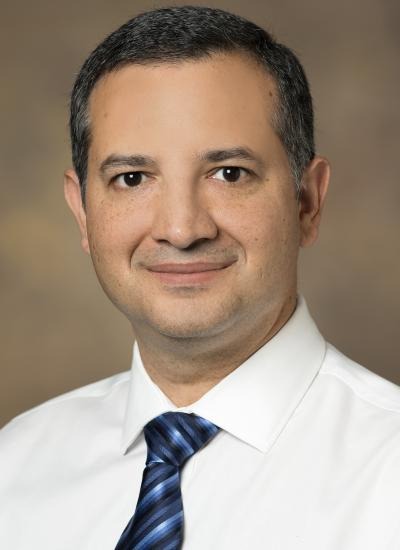Research in Dr. Pires's laboratory follows his training and expertise in the cerebral microcirculation, and focuses on investigating the role of ion permeable molecular sensors expressed in endothelial cells, both arteriolar and capillary, in the control of localized blood perfusion in the brain, physiologically induced by neuronal stimulation. This interest is coupled with his long-standing scientific passion in elucidating the molecular mechanisms underlying cerebrovascular disorders related to the development of dementia, such as aging, cerebral amyloid angiopathy, Alzheimer's disease and traumatic brain injury. To progress in these projects the Pires lab have developed and is systematically characterizing a mouse strain with endothelial cell-specific knockout of the N-Methyl-D-Aspartate receptor (cdh5:Grin1-/-). Further, the lab has established aging colonies of different mouse models of hypercholesterolemia, cerebral amyloid angiopathy and Alzheimer’s disease, together with respective wild-type littermates, including ApoE3 / ApoE4 knock-in, Tg-SwDI (a model of cerebral amyloid angiopathy), and the 5x-FAD (a model of early-onset Alzheimer’s Disease with prevalence of parenchymal amyloidosis). Further, the Pires lab has a colony of mice expressing the genetically encoded calcium indicator GCaMP8 in endothelial cells (cdh5:GCaMP8), acquired from Dr. Michael Kotlikoff at Cornell University. Lastly, we have successfully implemented AAV-BR1 viral transfection of cerebral endothelial cells using a GFP reporter, we are currently expanding the use of this tool to perform cerebral artery endothelial cells-specific knock-in / knock-out of targets of interest. In recent years the Pires laboratory has started studying the function of the waste clearance system of the brain (the glymphatic system), and its impact and potential therapeutic potential in neurodegenerative diseases. This is an exciting novel area of research involving highly integrative studies, starting at the molecular / cellular signaling level and expanding to whole animal physiology and behavior. Taken together, the long-term goal of the Pires laboratory is to perform translational, clinically relevant scientific investigation of how chronic neurodegenerative diseases, as well as acute traumatic events, affect the cerebral circulation and increase the risk of developing severe dementia, with the hopes of identifying novel therapeutic targets to improve the lives of the affected population.



